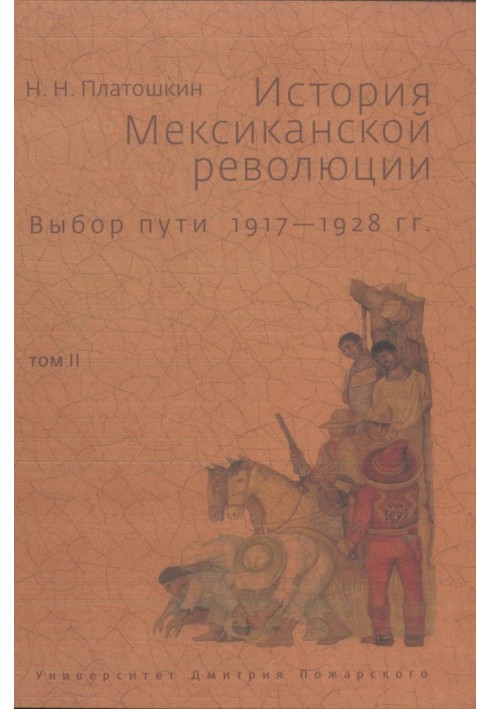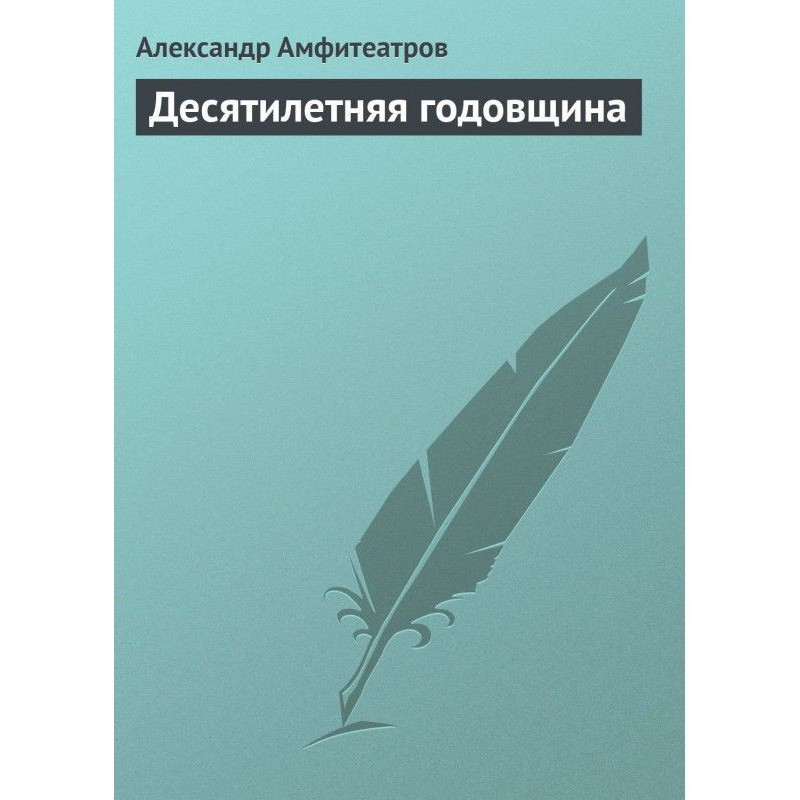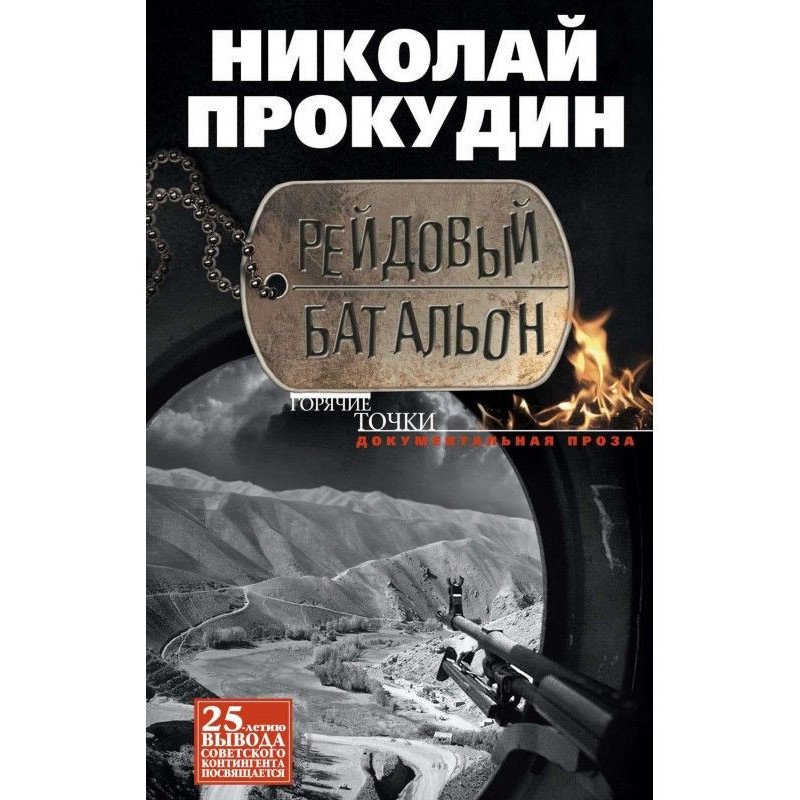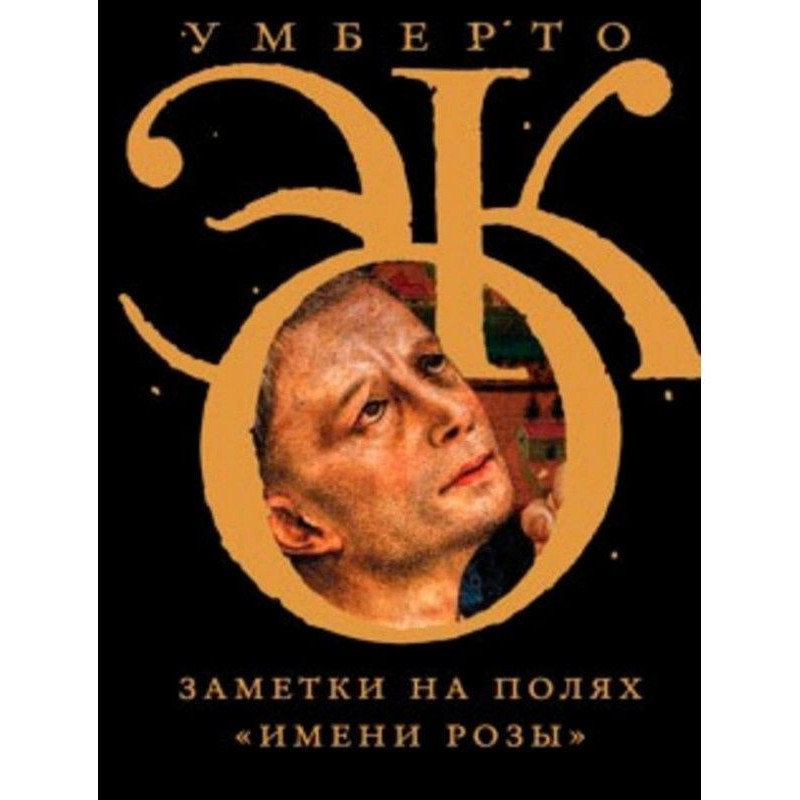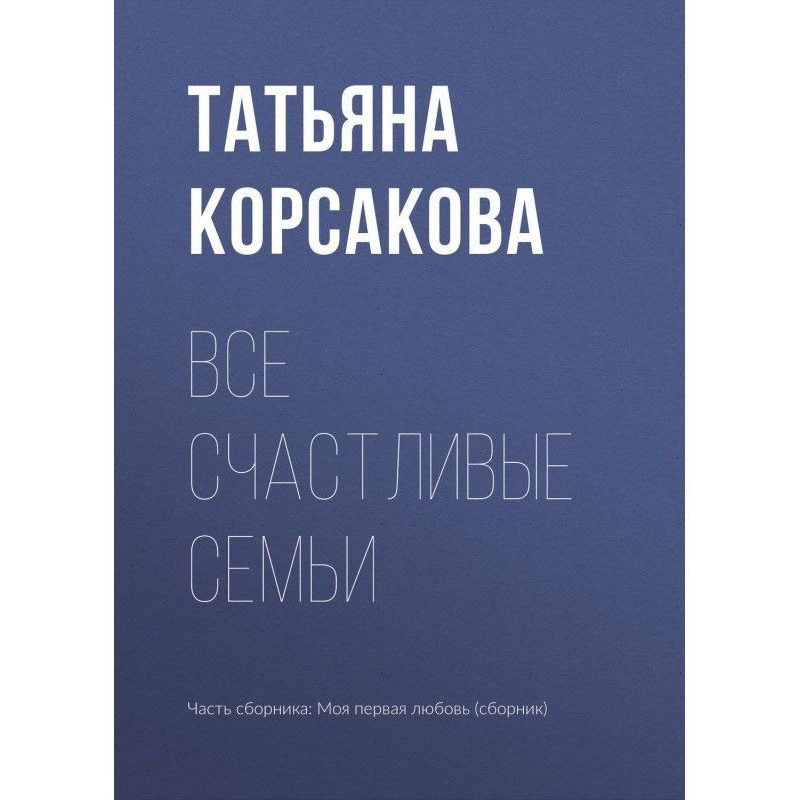History of the Mexican Revolution. Choosing a path. 1917–1928 Volume 2
 Instant download
Instant download
after payment (24/7)
 Wide range of formats
Wide range of formats
(for all gadgets)
 Full book
Full book
(including for Apple and Android)
The second part of the author’s trilogy about the Mexican Revolution covers the period 1917–1928, which was relatively unknown to the Russian reader, when the attention of the whole world was focused on Mexico and Russia. Large-scale popular revolutions won in both countries and the 20s were a time of putting revolutionary programs into practice. In the face of fierce opposition from the West (and in the case of Mexico, primarily from the United States), Russia and Mexico conducted grandiose social experiments, carefully studying each other's experience. In both countries there were fierce internal battles in the camp of the victorious revolutionaries - and all this against the backdrop of a struggle with reaction that was raising its head. The USSR paid a lot of attention to Mexico as a country with a revolutionary, popular regime. It is no coincidence that Alexandra Kollontai, known throughout the world at that time, was appointed Soviet plenipotentiary representative in Mexico City. 1928 was the year of a radical turning point in the development of the revolutionary process both in the Soviet Union and in Mexico. There has been a change in models - towards the radicalization of the revolution in the interests of accelerating industrial development and overcoming centuries-old backwardness.
Data sheet
- Name of the Author
- Николай Платошкин Николаевич
- Language
- Russian

